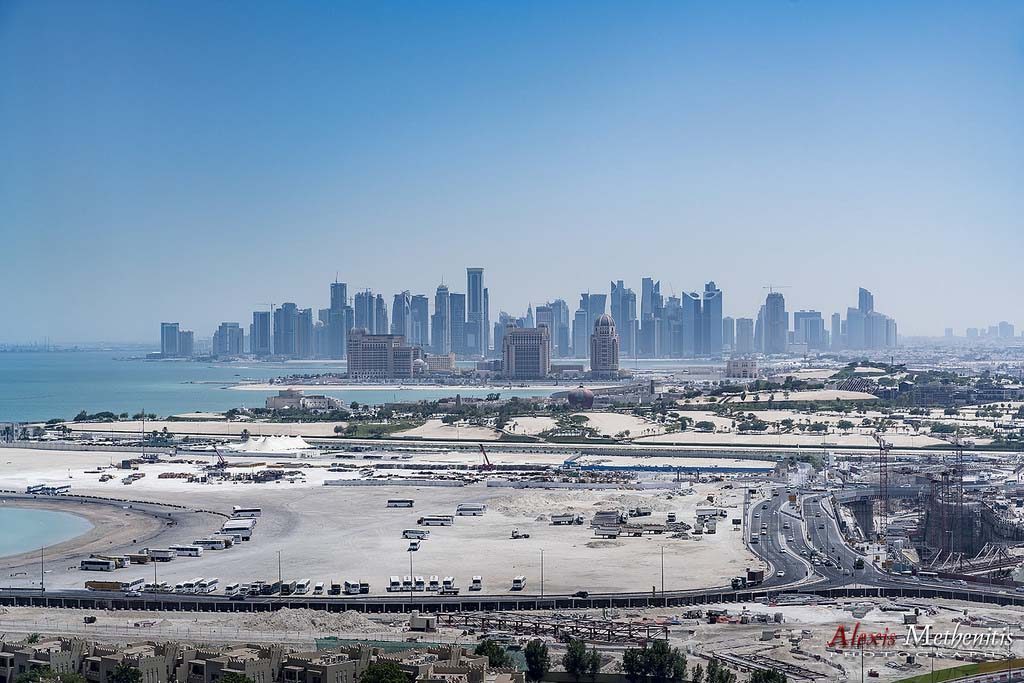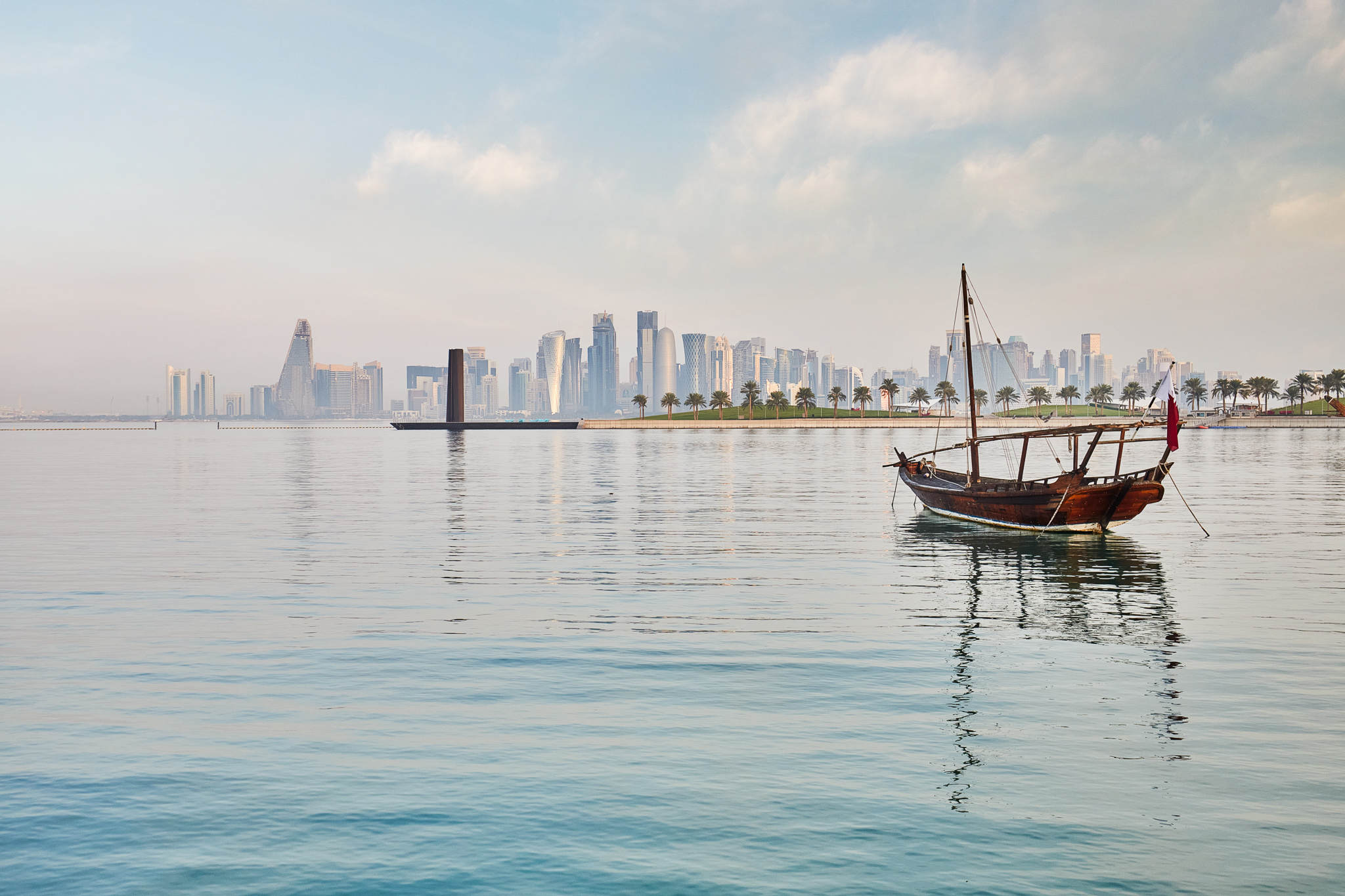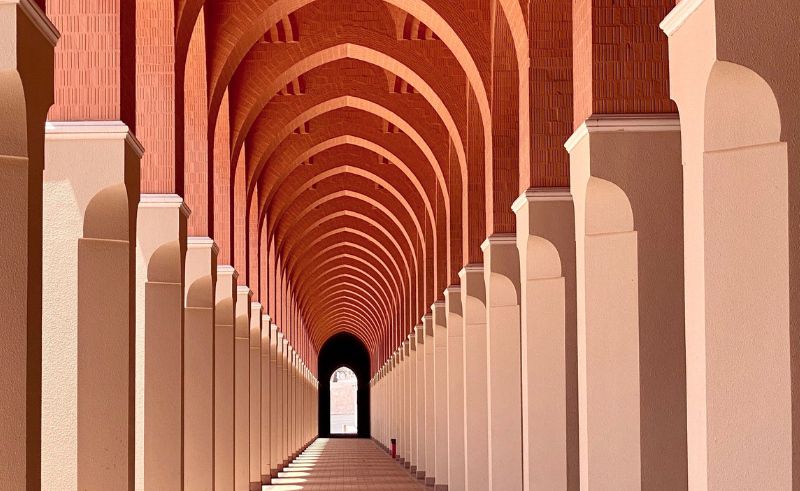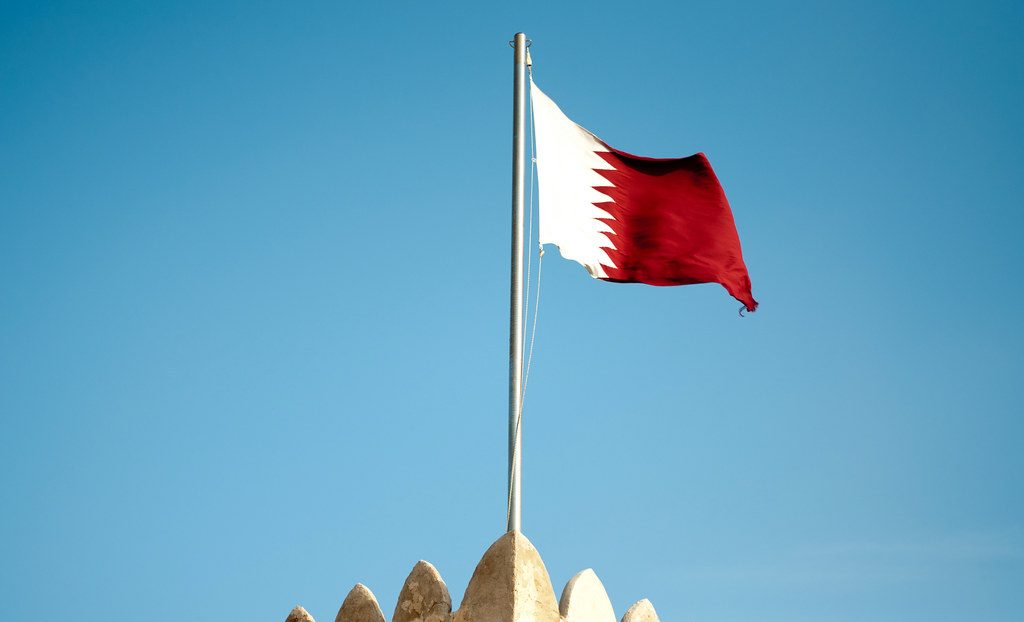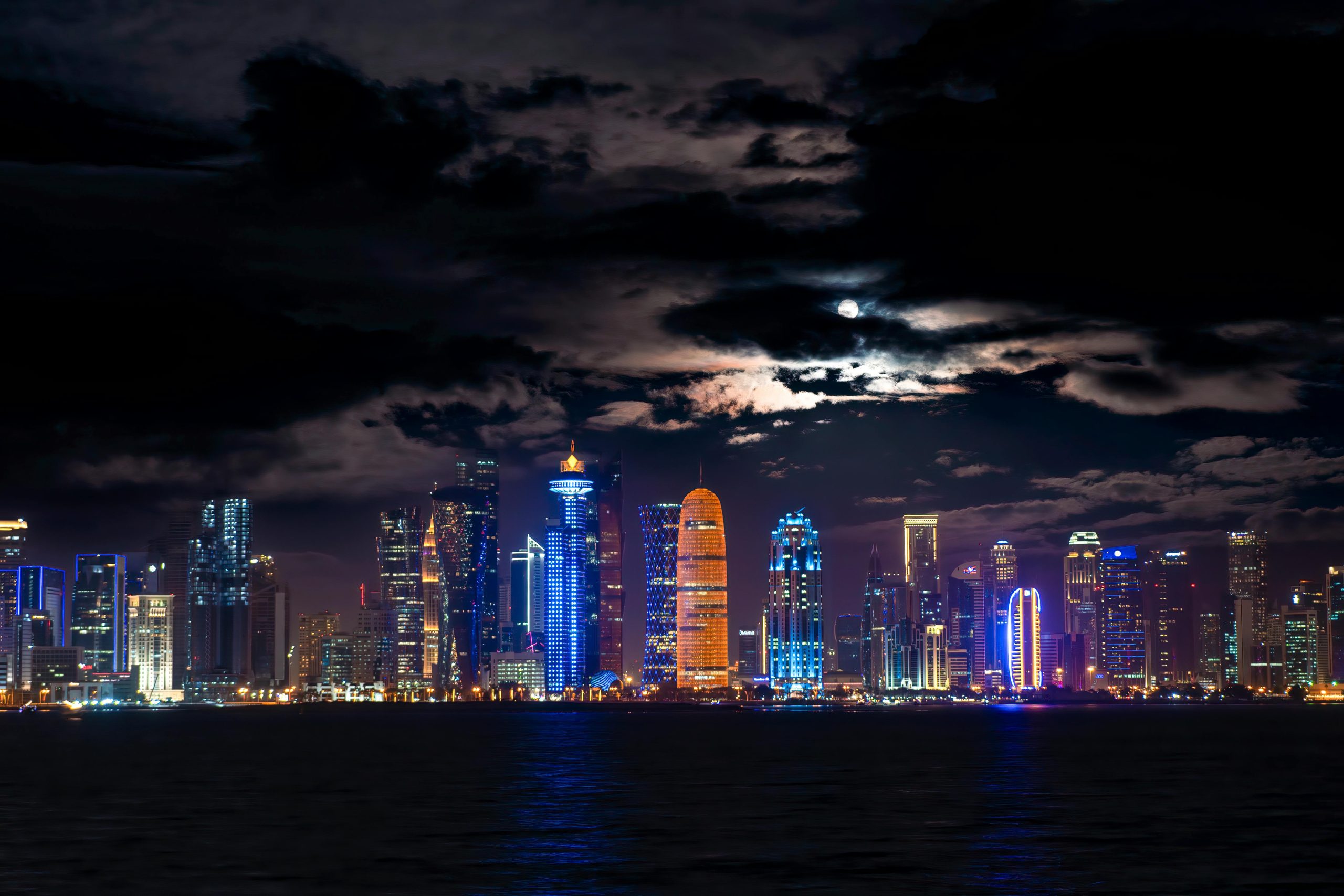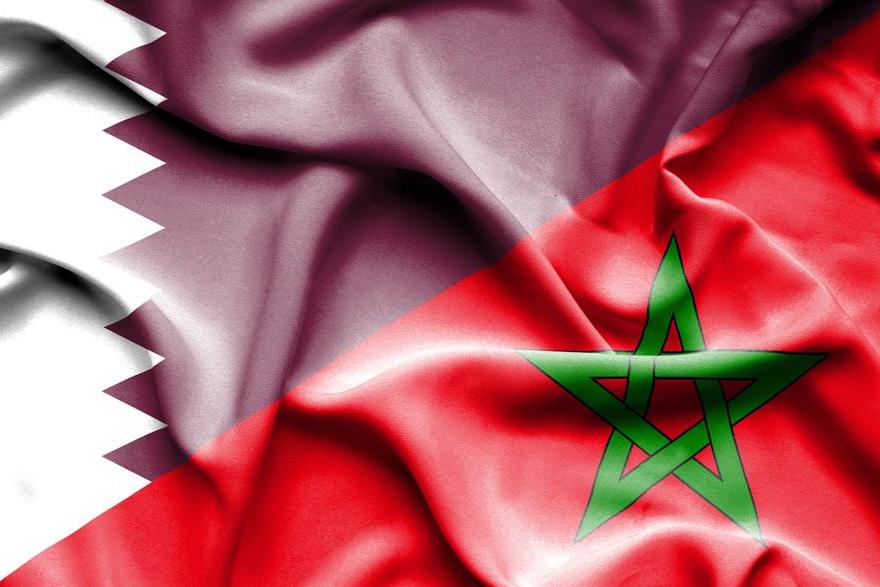
Qatar officials are currently developing a new National Development Strategy to take the country forward in the next five years.
Commenting on the plan for 2017-2022, officials recently told the Oxford Business Group that priorities included acknowledging “hard budgetary constraints” and a greater need for coordination inside the government.
Here, Michael Stephens, the head of the Royal United Services Institute for Defense and Security Studies (RUSI) Qatar, explains how drastically the new NDS will differ from the country’s current 2011-2016 plan.
Qatar’s National Development Strategy (NDS) 2011-2016 was essentially a five-year development plan that outlined a series of steps to help implement the National Vision 2030.

The plan, now entering its final year, was very much a document of its time. It was devised when oil prices were high and Doha was abuzz after winning hosting rights to the 2022 World Cup.
At the time, the challenge was to get Qatar ready to meet its dream.
This was easier then since the country was in the midst of increasing budget surpluses.
In that climate, the NDS laid out a roadmap that involved building roads, infrastructure and services.
These were designed to accommodate a huge expected influx of people and companies that would in turn transform Doha into a modern metropolis capable of hosting one of the world’s largest sporting events.
Much has changed in the past five years however, and the new NDS 2017-22 is going to be a reflection of the less certain times ahead.
In an era when hydrocarbon prices are suffering a sustained downturn and Qatar’s famed budget surpluses are now a thing of the past, the new strategy reflects a more humble approach.
It focuses on consolidation and looking at piecing together the mosaic of a country that has been created in the past few years.
Diversify, diversify, diversify
More than ever, the need to diversify Qatar’s economy away from hydrocarbons is key to NDS 2017-22, and the empowerment of the private sector to make up for the shortfall of a government-driven economy is prominent.
It was not that these were unimportant in NDS 11-16, but the necessity to change the economy to a more sustainable mix between private and public sector simply was not there, and not reflected in quite the same fashion.

With the advancement of the new NDS, it is important to focus on what has been done already, and where priorities are now shifting.
Qatar has already spent a huge amount of money largely on building the new institutions of the state, reforming old ministries, merging supreme councils and generally streamlining its rather bloated government apparatuses.
One need only go to the traffic department, an infamous nightmare for those without wasta or non-Arabic speakers in years gone by, to see how vastly improved the system is. Likewise the visa center on Old Airport Road has changed unrecognizably from its pre-2011 days.
Qatar’s efforts as guided by the current NDS should receive at least some acknowledgement.
The improvements that have been made as a result of the plans and implementations put in place are not unsubstantial.
Sustainability
Qatar is now working hard on institutional reform, with a focus on sustainable development.
Protecting the environment, improving standards of education and promoting human development across the board are now the talk of the town.
The question is no longer, how much can we do, and how quickly? But more so, what can we do to make what we have better and promote a more stable long-term future?

This thinking will inevitably affect Qatar’s human rights record for the better.
The country has long come under fire for its treatment of migrant workers.
Additionally, with its almost comically high levels of per capita energy consumption, it cannot be said to be much of a friend to the environment.
Therefore, it is a pleasant surprise to see that the government appears to be publicly acknowledging that these are problems, not just because of bad PR, but because they actually harm the country’s ability to develop and stabilize in the long term.
The hard part
In the next five years, Doha’s hardest challenge will be fiscal consolidation.
State expenditures have already drastically decreased.
This is in part because they were always following the massive construction boom of the past decade.

But this was also due to an understanding that on the current path, Doha’s rapid growth was simply unsustainable in terms of economic capacity to absorb such rapid growth, and demand for that growth had dropped quite considerably in the past 12 months.
This is not necessarily a bad thing. Rather than increasing month on month, Qatar’s population growth has slowed, now hovering around 2.4 million people.
The deceleration will help allay fears by locals that they are losing their country to foreigners, and for the rest of us means that Doha’s already awful morning traffic jams and struggling infrastructure are unlikely to get much worse.
Start saving
However, it also means that demand for new malls and large-scale projects is likely to be a lot lower than in times past.
Rather than spending money, now might be the time for both the government and the Qatari population at large to start saving it.
It is easy for those looking on to shake their heads disapprovingly, as the Gulf states are famed for endlessly publishing visions and strategies that almost never get implemented in their entirety, and are so heavily undercut by rising hydrocarbon prices that they can barely be said to be strategies at all.

But something more permanent is happening across the Gulf, and Qatar despite its wealth is no exception to that.
In next-door Saudi Arabia, a young prince is drastically cutting budgets and publishing radical new visions of society.
This provides a little bit of a kick to the rest of the Gulf states to get their houses in order as well.
Oil will never return to the days of $100 a barrel, and this reality requires some serious thinking about how Qatar needs to develop in the medium term.
Shaking things up
The answer is not simply to fire employees from the big Q companies, as happened in late 2015.
It’s to create a more sustainable model of growth and investment that can encourage external investors looking at Doha that there is something of value here if they are looking to invest long term.
As with all these things, the best approach is simply to take a “wait and see” posture, and despite the millions made by consultants to ensure such plans look dynamic and assured, no one ever knows whether such plans will really work or not.

Changes in the Gulf either happen at breakneck speed, or take so frustratingly long that it appears that almost nothing has happened at all.
The time has come for Qatar to slow down some areas of its development, while speeding other areas up.
Hopefully, the new NDS will encourage a general perception that sometimes change for change’s sake is unproductive, while the often intangible benefits of sustainable development and investment in human capital can produce a far more productive society.
It appears at first reading that is where things are headed, but only time will tell.
Thoughts?
Disclaimer: The views expressed in this opinion article are the author’s own and do not necessarily reflect Doha News’ editorial policy.

